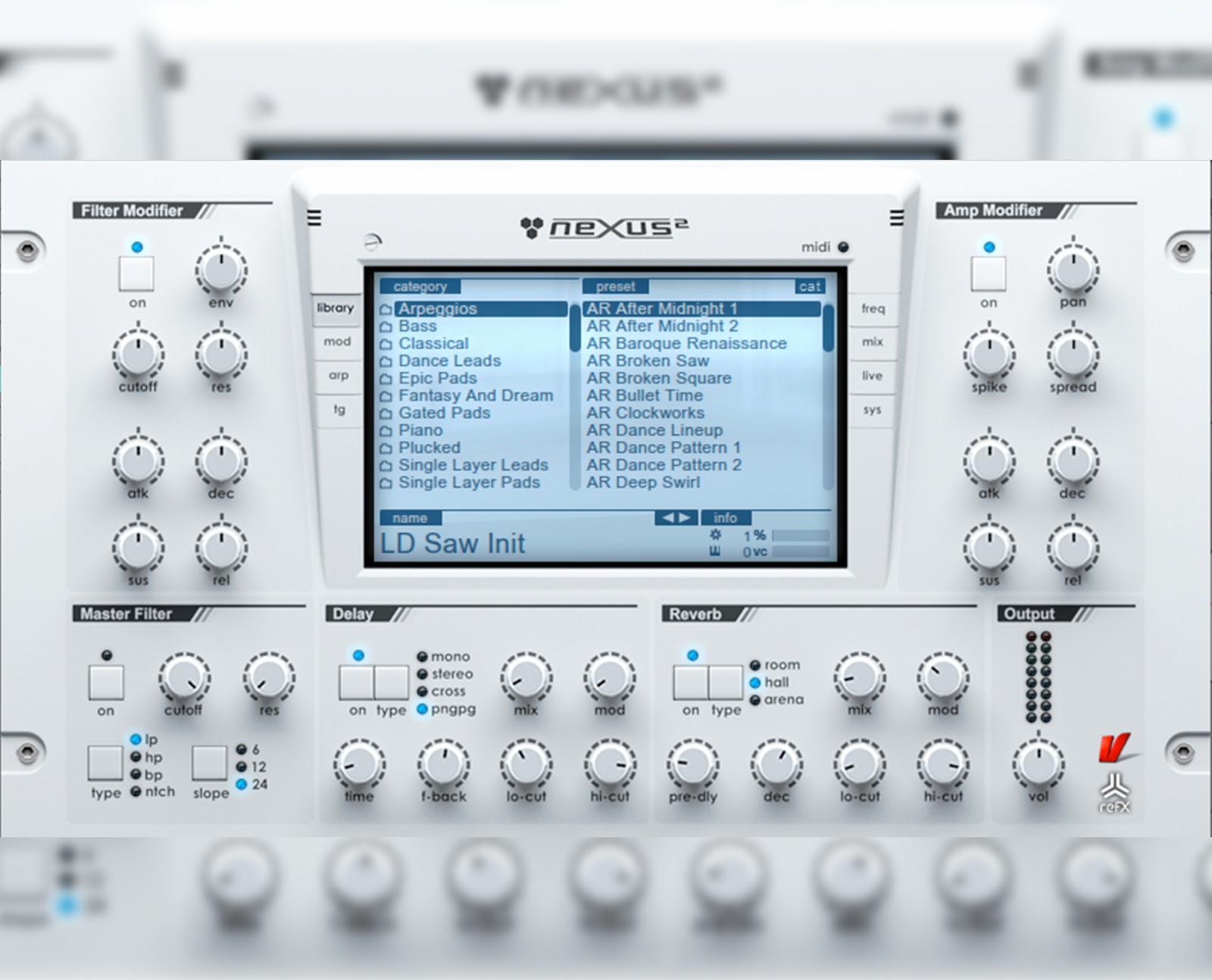
Foreseeing this, MOTU created its own Motu Audio System (MAS) which helped Digital Performer to tap the Macintosh's native power to record music directly to its own hard drive without the need for external co-processing and dedicated drives. As the Mac's CPU became powerful enough to record the digitized audio directly to hard disk, the DSP cards were gradually rendered unnecessary.

Personal computers of this time were too slow to handle high quality recording via their own CPU, so the addition of Digital signal processing co-processor cards was necessary to create a functioning audio recording studio. This enabled users to record their MIDI instruments and mix the results with other live audio recorded in the studio (or vice versa). Digital Performer's specific appeal was its MIDI environment, which was fitted into the same transport system as the audio environment.
#DIGITAL PERFORMER 6 DOWNLOAD PRO#
Digital Performer was originally designed as a front-end to Digidesign's Audiomedia hard disk recording system, which later became Pro Tools. In 1990, MOTU added the ability to synchronise audio ( digital audio) to Performer and released it as " Digital Performer," months after Opcode added this capability to Vision.
#DIGITAL PERFORMER 6 DOWNLOAD SOFTWARE#
There are many deep features in the MIDI protocol MOTU developed extended capabilities in Digital Performer for handling these controllers and other actions (including remote operation of the software itself) through user-customizable graphical consoles, allowing the operator direct access to deeper features of instruments, stage lighting and various types of machines, all via MIDI interfaces and custom graphic buttons and sliders. Sending a series of numerical values, such a sequencer could direct many instruments, commanding which notes to play, at what loudness, and for how long to sustain them.

In 1985, the company released a music sequencer named Performer, also based on the Macintosh platform, for arranging and performing with synthesizers and other devices which recognized the then-newly developed MIDI standard.

The program used the Macintosh's high-resolution graphics and printing to allow the user to print professional quality music scores. In 1984, Mark of the Unicorn released Professional Composer, one of the first application programs for the Apple Macintosh. MIDI sequencer + digital audio workstationĭigital Performer is a digital audio workstation and music sequencer software package published by Mark of the Unicorn (MOTU) of Cambridge, Massachusetts for the Apple Macintosh and Microsoft Windows platforms.


 0 kommentar(er)
0 kommentar(er)
